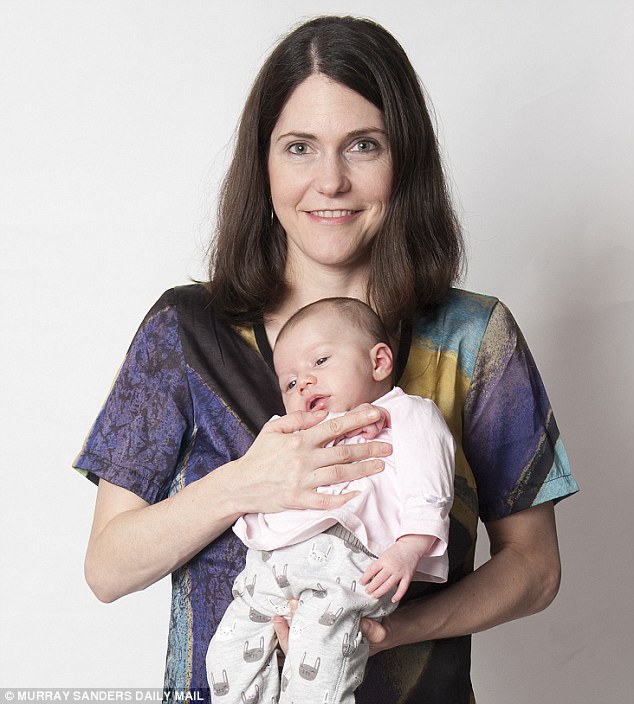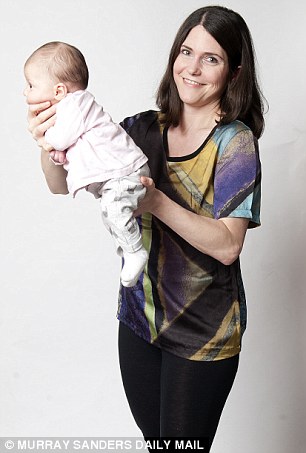
Making Babies Un-Cry : U.S Doctor claims his ‘Hold’ can calm down crying babies!
U.S paediatrician Robert Hamilton has revealed his magic method to soothe a crying baby. He calls it – The Hold. His video demonstration shows how this can be done. He says the technique only works with babies up to 3 months old
What’s the Secret?
There is no medical explanation. However, as most parents know, tiny babies love to feel secure – and many love to be rocked, bounced gently or patted on the bottom. Some believe this mimics the sensations of being in the womb, so the combined effect of all three could be a winner.

Crossing a baby’s arms and holding them so they can’t flail about is similar to swaddling – a method of wrapping a baby in a blanket for sleep, which your grandmother might have used.Restricting arm movement suppresses the startle reflex, where babies suddenly throw their arms wide and so wake themselves up.

Dr Martin Ward-Platt, a consultant paediatrician in neonatal medicine in Newcastle, says: ‘A lot of babies like that comfort zone, being held in the parent’s arms with just a little restraint.’
He adds that Dr Hamilton appears to have a very calm and gentle manner. ‘There is a lot to be said for being a calm, reassuring presence,’ he says. ‘Babies do pick up vibes from their parents, and there can be a vicious circle whereby baby gets stressed, parents get stressed and baby continues to cry.Often all it takes is someone such as a laidback grandparent to step in.’
What a nurse says?
Maternity nurse, Rachel Waddilove has soothed many fractious babies, and says this about ‘The Hold’, “I find it helps when you tuck in their hands and arms and clasp them close to you. Babies who cry and get upset feel very insecure, so tucking them up immediately makes them more comfortable.”
She adds, though, that she prefers to hold babies close rather than away from the body.
‘I’m also not terribly keen on bumping babies up and down. I see a lot of mothers jiggling their babies rather than rocking them – but if you have a tired baby, jiggling them probably won’t achieve anything.’
She says whether the technique works will be down to the baby and the reason for the crying. If the baby is hungry, ill, cold or has a wet nappy, then addressing the problem is a better solution. Rachel’s personal technique for a very tired baby who won’t settle is to swaddle the infant, then lay them across one arm as if she were going to breastfeed, tuck them in close to the body and gently rock from side to side.
What Parents Say
Natalia Scarlett Choi, 30, a psychotherapist, lives in Ealing, West London with her husband Ross, 28, and their 13-week-old daughter Maya Louise. She says:
Maya is a very clingy baby, perhaps because of a complicated birth by Caesarean section. She is as good as gold when she’s with me, but woe betide me if I put her down. The moment I leave the room she cries, which can make life a little difficult. I was by no means convinced that ‘The Hold’ would do anything to calm her cries, which can soon become inconsolable. But I’m happy to say it worked a treat.
I went to the kitchen to make some lunch, leaving Maya with my brother Marcus, and fully expected to have to break off from making sandwiches after hearing her wails. But he crossed her little arms in front of her, held her as the doctor demonstrates and she calmed down straight away. Later I left the room again and she started to cry, so I came back in to give it a go myself and it worked wonderfully. I have tried something similar before, holding her on her tummy over my knees, and that worked, too. I wonder if it’s because it makes her feel secure, in the same way as swaddling doe.
So ‘The Hold’ seems to work, but only when a baby is looking for attention and bored. There is something a bit different about Dr Hamilton’s technique, though – the gentle bottom jiggle, which again does seem to work. As more parents try it successfully they can thank Dr. Hamilton for this discovery to soothe cranky babies!

